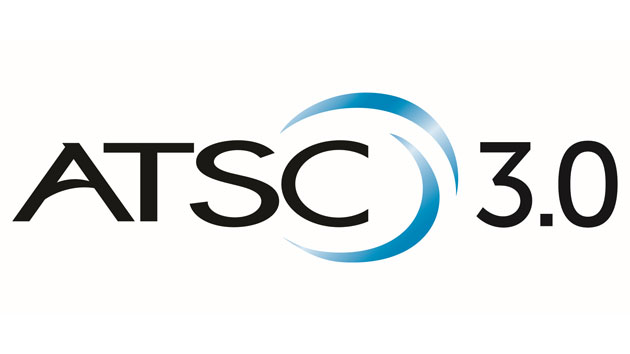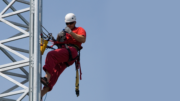Several news outlets have run stories today about this. The FCC is opening up applications for new TV licenses next week. For the first time, broadcasters will be able to apply to use the next-generation broadcast technology known as ATSC 3.0. Does this mean 4K TV is right around the corner?
No, it doesn’t.
I won’t beat around the bush here. You’re no closer to 4K over-the-air television than you were. This is a part of the process, to be sure, but it’s not going to mean that you’ll have 4K broadcasting next week. No matter what other blogs say, this is not the breakthrough you’ve been waiting for. In order to understand why, I need to take a few steps back and review what’s happened so far.
What is ATSC 3.0?
ATSC 3.0 is a standard developed by an independent group. It specifies not only the way TV is encoded and decoded, but also the features that a compatible TV will need. The ATSC are a group of industry experts, and they are responsible for the current TV standard which went into effect in 2009, called ATSC 1.0.
The FCC has approved ATSC 3.0 as the next-generation TV standard. Unlike last time though, they haven’t set a timeline for adoption or any rules for when TV makers need to have compatible hardware out there. Most importantly, unlike last time they haven’t put up any plan for turning off ATSC 1.0 broadcasts.
Unlike last time, there’s no money put aside to help regular folks or broadcasters transfer to the next-generation standard. Everyone’s on their own, this time.
When or if ATSC 3.0 is broadly adopted, it will allow broadcasters to send out programs in 4K and use your TV’s connected features to get on-demand. It will also let them send you targeted ads, which is the real reason that broadcasters want this technology.
So what’s happening next week?
The FCC will start accepting applications from broadcasters for new ATSC 3.0 licenses. It could take weeks or months before those applications are reviewed, and then once the licenses are granted, the build stage starts. If there’s any change needed to the broadcast site — and there usually is — then local cities and towns get involved with permitting. Then there is testing and eventually the towers go live. I would imagine this would take 6-12 months in many cases, sometimes more.
At that point, this is still a test broadcast. The FCC requires that the broadcasts on the new ATSC 3.0 version are the exact same as the ATSC 1.0 broadcasts that are being put out. For the time being, this means no 4K. At some point the FCC will let broadcasters test 4K content, but then again maybe by then there will be one.
The last information we had publicly suggested that the FCC might consider the ATSC 3.0 transition completed, as early as 2025. So this is not happening this week.
Good to know, because…
There aren’t any TVs that can decode ATSC 3.0. There are no converter boxes that will work with current TVs. There’s no 4K network programming and no plan to start any. Folks, this isn’t a sprint, this is a marathon.
And that’s good news for everyone who just bought a TV. You can relax, I promise.





